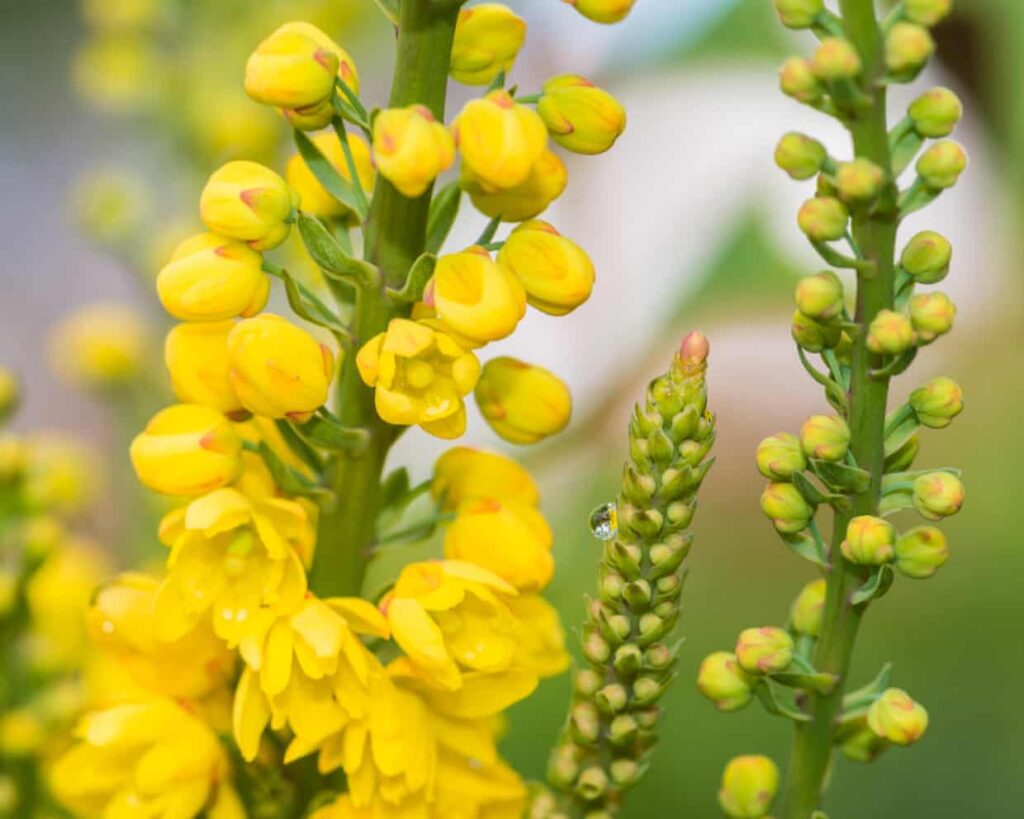
Flowers employ fascinating strategies to engage pollinators, particularly through their male reproductive structures known as stamens. Numerous plant species, including those in the Berberis and Mahonia families, exhibit touch-sensitive stamen movements that effectively enhance their reproductive success. These mechanisms, which can be triggered repeatedly, ensure that insects leave with a significant amount of pollen, promoting cross-pollination.
When insects approach Berberis or Mahonia flowers seeking nectar, they encounter a surprising reaction. The stamens bend over, releasing pollen directly onto the insect’s face or tongue. This brief and unexpected encounter often causes the insect to leave quickly, thus preventing the flower from wasting its valuable nectar and pollen reserves. Subsequently, the insect visits another flower where it can deposit pollen onto receptive female organs, facilitating the critical process of cross-pollination.
Orchid Wonders and Triggerplant Tactics
In the world of orchids, the species Catasetum presents an even more dramatic interaction. When an insect lands on these flowers, it faces a powerful response. Catasetum flowers feature sticky pollen bags that launch at remarkable speeds, striking the insect and often knocking it out of the flower. The pollen adheres to the insect’s body, ensuring that it carries this vital genetic material to another flower.
Equally impressive are the triggerplants, or Stylidium, native to Australia. These unique flowers house their reproductive parts in a club-shaped organ. Upon being touched, the club swings through a complete 180 degrees in merely ten thousandths of a second. This rapid movement smacks any visiting insect with pollen, while simultaneously collecting any pollen the insect may have brought with it. After this swift interaction, the mechanism resets quickly, preparing for the next visitor.
Research into these extraordinary adaptations highlights the intricate relationships between plants and their pollinators. Such mechanisms not only protect the flowers’ resources but also enhance the likelihood of successful reproduction through effective pollen transfer. Understanding these dynamics is crucial as they underscore the delicate balance in ecosystems where both flowers and pollinators play essential roles.
The study of these plant behaviors continues to reveal the profound complexity of nature, demonstrating that even the smallest interactions can have significant ecological implications. As scientists delve deeper into the behaviors of flowers and their interactions with pollinators, the remarkable strategies employed by these plants will likely provide further insights into their evolutionary success.







